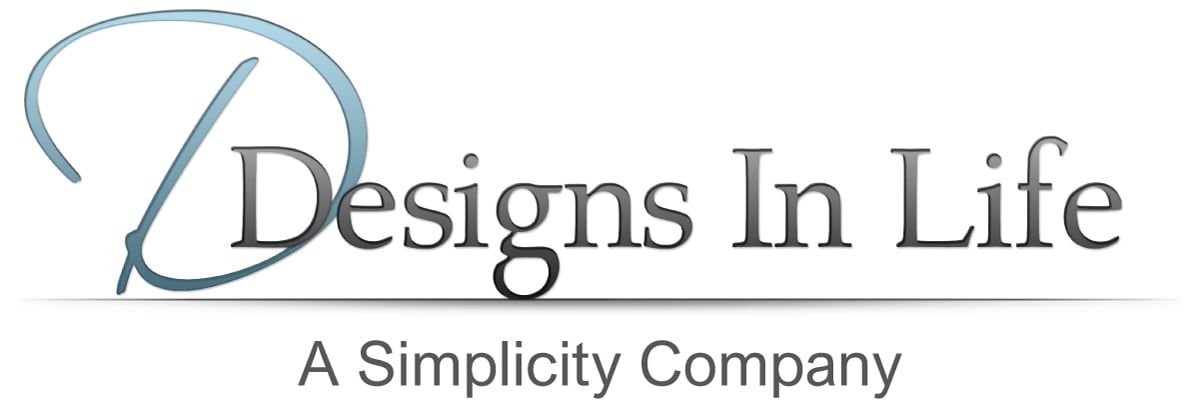Life Insurance and the Middle Market
The key word for this market is EDUCATION. What little they might now about life insurance has probably come from the Internet or TV commercials. By definition, the middle market falls within the $50,000 to $200,000 category income category. And when you consider the “10 times income” rule of thumb for life insurance coverage, they represent a significant market opportunity.
This demographic knows virtually nothing about permanent plans of insurance. Neither do they know that a base of permanent coverage with the rest of their insurance need covered by lower-cost term can provide them with a life-long plan of financial protection Finally, they are likely to know nothing about the convertibility of term insurance to permanent insurance without the need to medically qualify.
The 2012 Barometer Report from LIMRA showed that while 83% of all consumers believe most people need life insurance, only 65% believe they need it personally — and only 59% actually own a life insurance policy. Even more significantly, about one-third believe they need more coverage than they already have. In other words, there is a real disconnect between perceived need and ownership of life insurance.
So, why do members of the middle market hold back from purchasing adequate coverage? It may be that, especially for the younger members of the group (“Gen Y”), life insurance is perceived as irrelevant. They may consider it less important than those items that have shifted from “luxury” to “necessity” status in their lives: cell phones, cable TV and the Internet, to name a few. Life insurance is simply not a “fixed cost” that they feel is important enough to add to their already strained budget.
Here’s where you come in. Educate your middle-class clients to these facts of life (suggested discussion prompts):
- Premature death can be financially catastrophic to a young family (ask if they know of anyone that has died before age 40)
- Their insurability may be negatively impacted at an early age by an unexpected accident or chronic illness (ask if they know any peers that have gotten cancer recently)
- Premiums can be locked in at a lower rate the younger you are (ask if their parents have life insurance and how much it costs them)
- The death benefit (avoid technical terms – use “lump sum of money”, or “face amount”, or “what the beneficiary gets”) is typically income-tax free and is usually available within 10 working days or less of notification of death to the carrier.
- Owning life insurance probably costs less than perceived. Younger individuals surveyed thought premiums were three to seven times higher than what they actually were.
The middle class is not going to have this conversation over the Internet. Gen X’ers are not likely to take any advice from their parents regarding life insurance. Few will have a competent financial advisor that knows very much about life insurance. You will have to be the “reality therapist”. You can find some excellent consumer resources on the L.I.F.E. website, www.lifehappens.org. Check out “Real Life Stories”.
To reach the middle class, market, market, market.
- Traditional methods — phone calls and mailings — still work and can be supplemented by social media (depending on your company’s compliance issues).
- According to LIMRA, face-to-face meetings are the most preferred discussion environment (63%).
- LIMRA’s study also showed that for 48% of those surveyed, product knowledge is “important” or “very important” to the middle class.
- What kind of insurance, or how much to buy was cited by 34% of respondents as “reasons to delay purchase”. Needs analysis is still important.
The bottom line: The middle market needs to be educated about life insurance — how it works, what it does, and how it fits into their overall financial planning — before they will buy it.
Click here for the tools and resources available through LIFE to reach out to this market.
